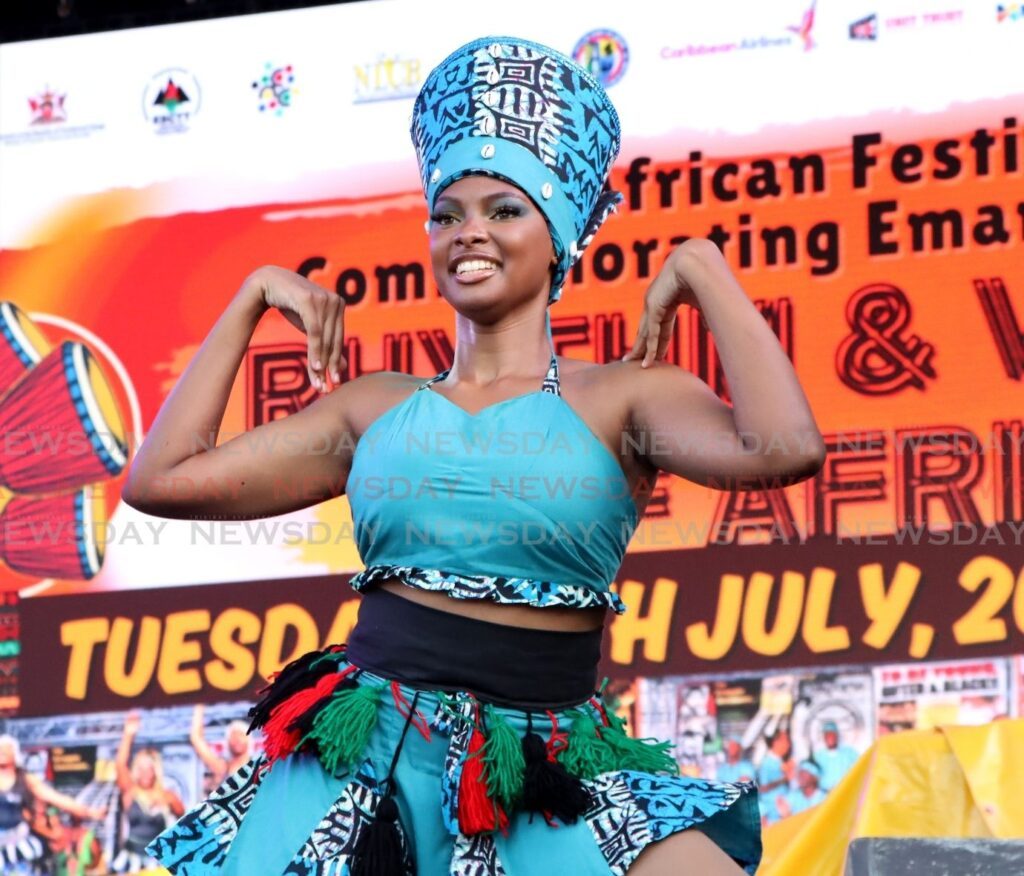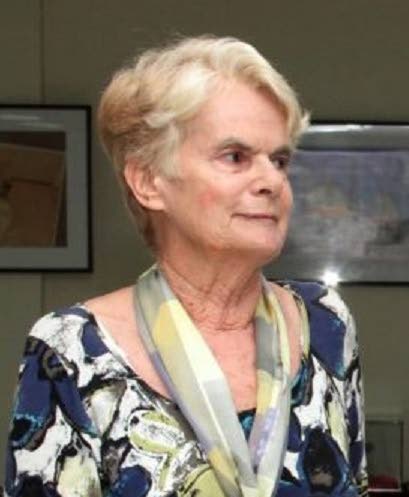A day so holy to the people

Prof Emerita Bridget Brereton
AS we approach Emancipation Day, it might be interesting to consider how Trinidadians celebrated – or did not celebrate – August 1 back in the 1800s, much closer to the time of enslavement.
August 1 wasn’t made a public or official holiday until 1985, but that didn’t mean it went unmarked in earlier times. This piece will look at how the day was observed in the first 50 years after full Emancipation in 1838.
In the years immediately after 1838, annual August 1 dinners, or meetings of the Trinidad Auxiliary Anti-Slavery Society, founded in that year, were organised by a group of politically minded and race-conscious men. Most were of mixed race and came from the group of “free coloureds,” people who had been free long before 1838 – many had been born to free parents – and were fairly well educated.
These men had white allies, especially Baptist, Presbyterian and Methodist ministers who shared their anti-slavery sentiments and often attended and spoke at the August 1 events.
But their leaders appreciated that it was expedient to stress their identity with the former enslaved rather than with the whites – they began to describe themselves as “people of African descent” in their petitions. The celebration of Emancipation was a useful symbol of this new-found identity, as well as a good opportunity for airing their grievances and political demands.
At these meetings or dinners, held nearly every year between 1839 and 1851, and reported in the Trinidad press, speeches were made denouncing slavery (which still existed in many parts of the Americas) and stressing its horrors.
In 1849 Michael Maxwell Philip, a young mixed-race man who would later become a famous lawyer and serve as solicitor-general, stated unequivocally that African enslavement in the New World was worse than any other form of bondage in human history. He said that the enslavers were “bloodstained and insolent usurpers” – strong stuff only 11 years after Emancipation, when many of them were very much around, and still very powerful.
At the August 1, 1850 dinner in San Fernando, one speaker hit at whites “who at this present moment denounce slavery as a crime, who, before the emancipation, held meetings to prevent the abolition of slavery.” Using slavery as a political metaphor, he condemned the policy of the colonial government since 1838 and declared, “We are still slaves.”
These educated mixed-race men, mostly lawyers, civil servants and teachers, were self-consciously constructing an ideology of racial identity, as well as participating in the political movements of the day for constitutional change and social and economic reforms.
It’s difficult to find evidence of how the formerly enslaved themselves marked the anniversary of Emancipation. It seems likely that many estate workers took the day off – a newspaper editor commented in 1851 that the day was a “popular holiday” on which labourers stayed at home commemorating “by repose or pleasure, a day so holy to the people.” There’s scattered evidence that in some rural districts, the people held “drum dances” and similar folk festivities to mark August 1.
Later authorities claimed that Canboulay or Kambule – the noisy torchlight procession which was the opening event of Carnival until it was suppressed in the early 1880s – was originally held on August 1 to commemorate freedom, then shifted (perhaps in the 1840s) to midnight on Carnival Sunday. None of the newspapers of the time mentions any such August 1 celebration, however, so this remains possible but unproven, as Errol Hill noted a long time ago.
Between 1852 and 1857, no August 1 celebrations of any kind were reported in the local press. Following criticisms in the papers owned by men sympathetic to the mixed-race “radicals,” some of them revived the August 1 dinners in 1858, 1859 and 1860.
The speeches at these events were reported in the papers which spoke for the “radicals.” One editor criticised men who distanced themselves from the celebration of August 1 because they were from families free long before 1838: “Every coloured man and woman in these colonies is the descendant of a slave, and one, as far as slave descent is concerned, has nothing to boast of beyond the other.”
After 1860, August 1 passed virtually unnoticed until the Jubilee year in 1888. The day was informally recognised as a general holiday in the 1860s and 1870s, with cricket matches, picnics, races, excursions and entertainments. But these events seemed to have nothing to do with the anniversary, though it’s quite possible that in the country villages, unreported by the island’s press, people marked August 1 in their own fashion.
Some Trinidadians condemned the neglect of August 1 in the 1860s, 1870s and 1880s. The black scholar and author JJ Thomas was one. In 1872, he attacked “the guilty reticence with which, year after year, we sneak through the 24 significant hours of the First of August, which should have been the great commemorative day.” Black and mixed-race Trinidadians, he wrote, must take the initiative in celebrating the day, for it was “mere cant “to expect the white people to rejoice when their “possessions” were taken away.
The challenge was taken up in 1888, the 50th anniversary of full Emancipation, with several celebratory events, though not without public controversy.
Bridget Brereton is a former professor of history at UWI, St Augustine.



Comments
"A day so holy to the people"